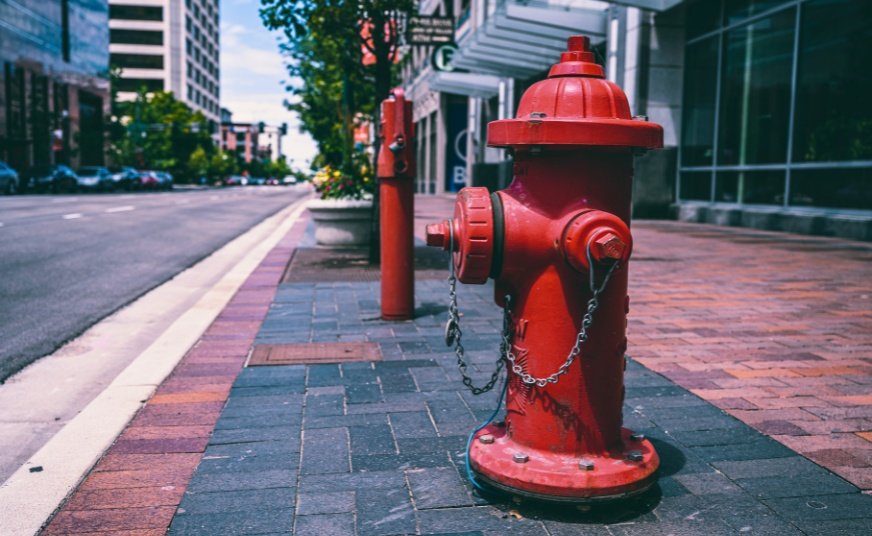- Home
- About Us
- Divisions
- Products
- Services
- Supplier
- Projects
- Contact

When it comes to fire safety, fire hydrants are an absolute must. If you’re a business or property owner, it’s your responsibility to make sure the fire hydrants on your premises are in good working condition. Regular inspection, testing, and maintenance are key to keeping your building protected if a fire breaks out.
At Cease Fire Solutions, we supply, install, and maintain fire hydrants across Doha and nearby areas. Need help? Just give our friendly team a call — we’re always happy to help!
A fire hydrant is a water supply point that acts as a reservoir, allowing firefighters to access water quickly when responding to a fire. It can be installed inside or outside the building—commonly found in parking areas or along the roadside for easy access.
When there’s a fire, a hydrant offers a quick and reliable water supply. Firefighters attach their hose to one or more nozzles on the hydrant and turn on the valve to get water flowing. They are trained to control the water pressure to avoid causing any property damage.
Many individuals are aware of the fire hydrants that remain above the ground, but did you know there are fire hydrants that are placed several feet below the ground as well? There are two types of fire hydrants – wet and dry barrel fire hydrants. Wet barrel fire hydrants are ideal for locations where the temperature is ideal and not in freezing conditions.
A dry barrel fire hydrant is ideal for places where freezing temperatures can be an issue. If maintained regularly, a wet barrel fire hydrant has a working lifespan of over 100 years, because all the parts are located above the ground. Dry barrel fire hydrants are installed below the ground to prevent the valve line from freezing.
The hydrant is one operating part of the fire protection system, an important part of the system. To the naked eye, we also see the hydrant that is above the ground, but there is plenty of parts and mechanisms that are present underground. The fire hydrant is connected to a travel drain basin which holds the water runoff as it gathers. The basin is a vertical-running long tube that is connected to the thrust bock. This section regulates the internal water supply to prevent the pipes and fittings from separating.
Additionally, the thrust bock provides stability to the surrounding soil as it is usually enforced with support made from concrete on each side. This prevents the joints from separating.
Fire hydrants come in different types, each designed for specific environments and requirements. Selecting the right type ensures reliable water access during a fire emergency. Below are the most common types of fire hydrants used in buildings and public areas.
This type of fire hydrant allows two large-diameter supply lines to be run from one fire hydrant to two separate pumping engines at the scene of the fire. Some of these 2-way fire hydrants flow is 3,000 GPM or even more.
3-way fire hydrants are high-performing and are vital for tackling fires as they provide a ready supply of water. Below-mentioned is some of the features:
This type of fire hydrant provides water to the fire at hydrant pressure, while it waits for a second pumper to get hooked up for the flow and the pressure to increase. Below-mentioned is some of the features:
Your fire safety is our priority. At Cease Fire Solutions, we provide complete fire hydrant services—from supply and installation to inspection and maintenance. Whether you’re equipping a new property or upgrading your existing system, our team is ready to assist you with expert guidance and reliable service.


Let’s work together to ensure your property is safe, compliant and always ready in case of an emergency.
